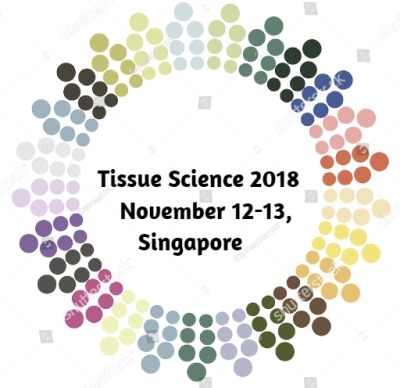
Andrzej Lange
Hirszfeld Institute of Immunology and Experimental Therapy, Iran
Title: Bone marrow mononuclear cells if locally injected may bring relief to patients with critical limb ischemia or osteoarthrosis due to the presence of subpopulations specifically addressing the main symptoms
Biography
Biography: Andrzej Lange
Abstract
In 2004 we started a project on revascularization of legs with critical ischemia (CLI). Eleven years later a similar approach was employed to improve vascularization of the femur with avascular necrosis (AVN). In both attempts a leukophoretic product resulting from the separation (Spectra, Optia) of 500 mL of the marrow was injected in small portions into the calf of legs with ischemia or into Kirschner wire drilled holes penetrating the head of the femur. In CLI patients employed procedure resulted in a prompt relief of pain followed by healing of the ulceration and significantly prolonged intervals between episodes of intermittent claudication. Forty six percent of patients benefited from the improvement. As to AVN, an improvement seen in 3 out of 5 patients was reported as pain relief and improvement in movement.

